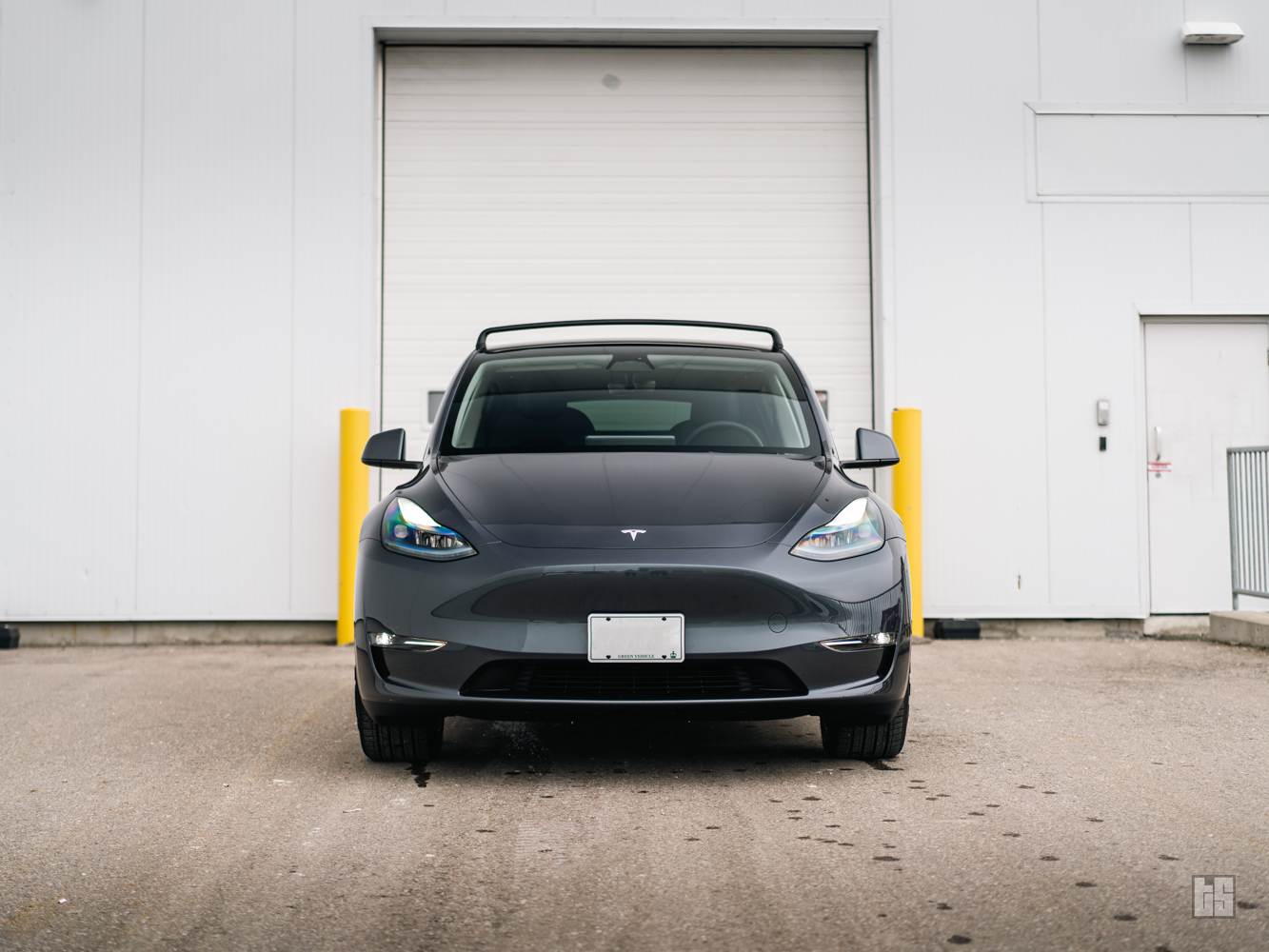
By: Otaiba Ahsan
Picture this, you park your Tesla at a bus station and take transit somewhere for the day. When you get back, you notice that the battery is lower than what it was at the start. This is a common occurrence for many owners. So, why do Tesla’s lose charge while parked? Continue reading for more.
What is Vampire Drain?
Both the electric vehicle (EV) and Tesla community have helped coin clever phrases, like frunk (front trunk), that are unique to EVs. The term vampire drain is another one and refers to your Tesla losing charge while it’s parked. This is caused by the need for continuous power by different features that are available in the car.
Another phrase that’s commonly used in the Tesla community is phantom drain, which is when the vehicle loses battery while parked due to energy loss when the car is completely off or idle. The key difference between the two is that vampire drain is a product of your Tesla’s computer systems using power to monitor the battery health and using other features, whereas phantom drain is simply due to energy loss from the car being off or idle.
While both types of drain ultimately decrease your charge when parked, it’s important to understand the key differences.
Factors Affecting Battery Drain When Parked
There are several factors that contribute to vampire drain that you should be aware of. These include…
- Sentry Mode: This is an intelligent security system that alerts you via the Tesla app when possible threats or incidents occur in and around your car when it’s parked. If this feature is on, it will certainly take up energy as the cameras are constantly rolling.
- Cabin Overheat Protection: This feature is designed to prevent the cabin from getting excessively hot when it’s parked. It does this by automatically triggering the A/C or just the fans to blow cool air into the cabin when it begins to get too warm.
- Dog and Camping Modes: Dog mode and camping mode are great tools to use when you want to leave a pet in your Tesla for a short period or take your vehicle for camping. Both modes serve the same purpose, which is to maintain a certain temperature in your car’s cabin. Of course, this energy use will drain the battery when parked.
These are just a few of the many contributing factors to vampire drain. While this slow loss of battery can be frustrating for most, if you have a home charging setup where you can plug in daily, then it’s not too big of a problem.
The Bottom Line
Why do Tesla’s lose charge while parked? In short, both vampire drain and phantom drain contribute to this loss in energy. Vampire drain is caused by your vehicle’s need for continuous power while parked to keep features like Sentry Mode and Cabin Overheat Protection running. Phantom drain on the other hand is simply energy loss when the car is off or idle. While the drain of the battery is usually slow from both, it’s important that you’re aware of the cause.
